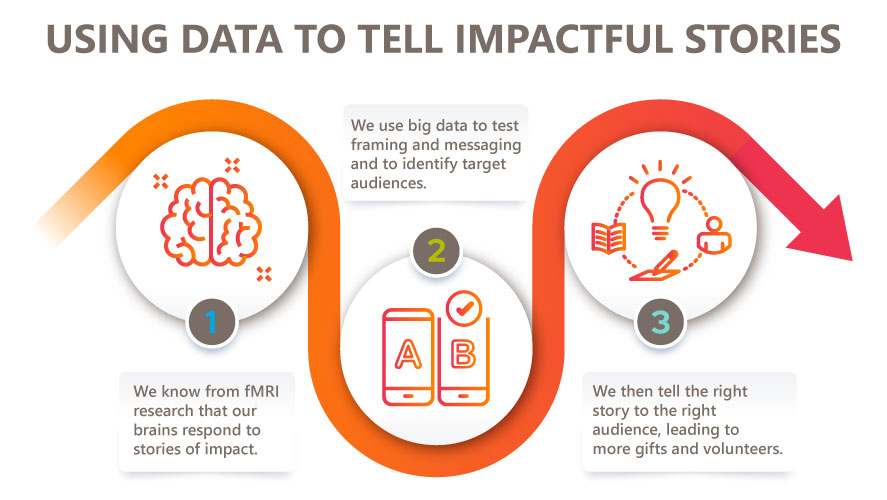It is often said that public relations and communications work is more art than science.
But this idea belies the origins of the profession, which is grounded in science. In fact, the father of modern public relations, Edward Bernays, the nephew of Sigmund Freud, rooted his work in the known psychology of the time. Bernays went on to literally write the book on public relations, penning Crystallizing Public Opinion nearly a century ago in 1923.
Were Bernays to visit us today, he would be amazed at the growth in research into how communications specialists can influence public behavior. Advances in our understanding in this field have grown exponentially since the turn of the 21st century, sparked by A/B experimentation and the wonders of medical science.
Modern public relations is, at its heart, a combination of psychology and sociology. As communications practitioners, we’re seeking ways to influence both public opinion and private behavior. The research done in this century is helping us to better understand both aspects.
For instance, practitioners in health communications have long sought ways to change behavior—to turn smokers into non-smokers, for example—and the use of medical technology became part of the process. Imaging techniques, including functional Magnetic Resonance Imaging (fMRI), functional Near Infrared Spectroscopy (fNIRS), and electroencephalography (EEG), have all been used in research studies to learn how different forms of messaging impact brain function.
Consider this. Health communicators were looking for messaging that triggers activity in the dorsal anterior cingulate cortex—the part of the brain that triggers cognitive dissonance, which is the first step in changing minds and actions. Meanwhile, fundraising communicators were looking for activation in the cuneus region—the mind’s eye—because we want potential donors to picture themselves donating, volunteering, or joining a cause.
We’ve learned a tremendous amount about how the brain responds to stories of impact through experiments by Dr. Russell James, a researcher at Texas Tech University who studies psychological motivations of donors and the importance of storytelling to the giving process. What this work has shown us is nothing short of extraordinary. Through fMRI-based studies, we can see how the brain reacts to stories of transformation created by philanthropy. We no longer have to guess that this kind of storytelling is effective; we can see it with our own eyes.
At BWF, we work with clients to craft stories of impact, stories that show how previous gifts made a real difference in the lives of people, the success of programs, and the revitalization of communities. We do this because we know that, thanks to the research, stories like these work. It’s not supposition. It’s science.
Similarly, we know that peer pressure plays a role in the success of Giving Days around the country. We learned the importance of this kind of pressure because of an experiment involving, of all things, towels.
A 2008 study by Goldstein, Cialdini, and Griskevicius wanted to see how best to motivate hotel room guests to hang up towels to reuse them, rather than leaving them on the floor to be washed each day. They tried three signs. The first appealed to the guests’ sense of environmental concern, the second noted that other guests at the hotel had hung up their towels, and the third said that guests in that same room had previously reused their towels day after day.
The results showed a dramatic increase in adoption in each step, with guests that were told that previous hotel room guests had hung up their towels doing so nearly 50 percent of the time, compared to just over 35 percent who received the environmental message. The message for fundraising communicators is simple: If peer pressure can help you hang up a towel, then it can also motivate you to give.
This is just the beginning. Communications professionals are using big data to study the impact of framing, messaging, and audience identification. At BWF, we’ve built our reputation on data analytics, and that extends to our work in strategic communications. Our work is based on the latest research, trends, and techniques. When you speak with us about your communications needs, we’ll find science-based solutions for you. Should you have a communications challenge that requires a solution, please let us know at jwilson@bwf.com. At BWF, it’s a privilege to help.





